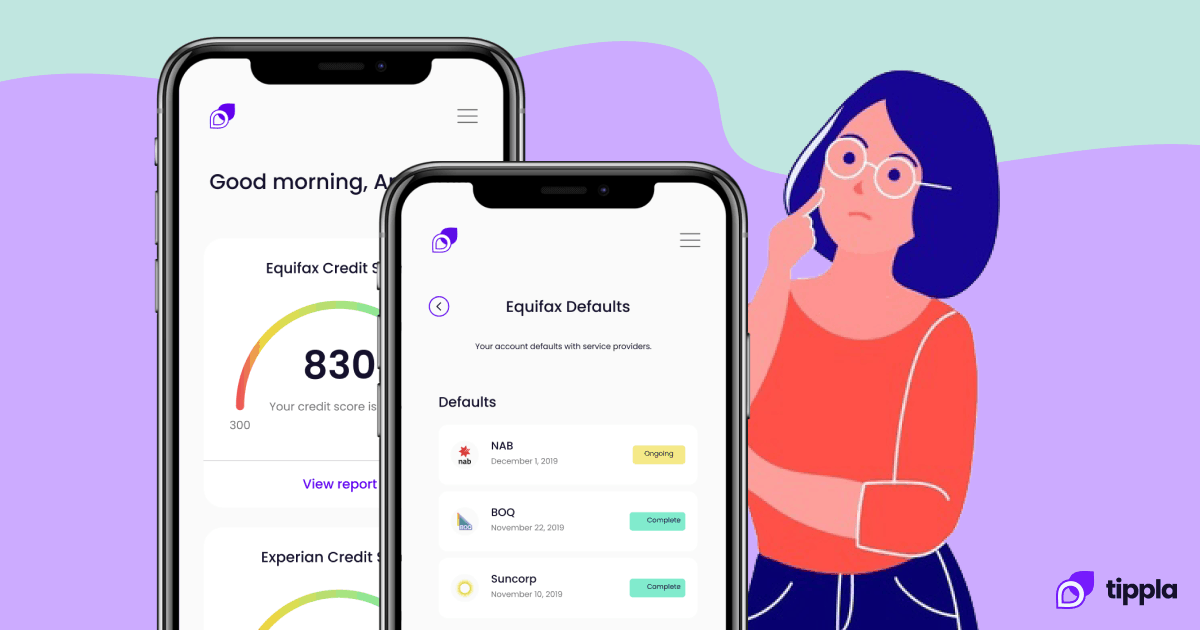Published in January 23, 2025
Loan Forgiveness Programs in Australia

Loan forgiveness, also known as debt forgiveness, is a process where a debtor’s obligation to pay a debt is released, waived, or otherwise extinguished. This happens when the debt is discharged by payment in cash, a transfer of property, or when the recovery of the debt becomes statute-barred as a result of its age.
In Australia, loan forgiveness programmes are usually associated with student loans. This assistance helps reduce the borrower’s financial burdens by forgiving a portion or all of their student loans in certain conditions.
Types of Loan Forgiveness Programs
Australia does not have loan forgiveness programs in the traditional sense, but it does offer income-based repayment options for student loans.
Here are the types of government loan programs for higher education in Australia:
- HECS-HELP: This is a loan program for eligible students enrolled in a Commonwealth Supported Place (CSP) at a university or approved higher education provider. With HECS-HELP, students can defer their student contribution amount, which is then repaid through the Australian taxation system once their income reaches a certain threshold.
- FEE-HELP: is a loan program that allows eligible students to borrow from the Australian government to pay all or part of their tuition fees at an approved higher education provider. This program is available to domestic students who are required to pay full tuition fees upfront.
- OS-HELP: This is a loan for eligible students enrolled in a Commonwealth Supported Place (CSP) who want to study some of their courses overseas. The loan amount is paid directly to the student and can be used to pay for airfares, accommodation, or other travel costs. In 2024, the maximum a student can borrow for a six-month study period is $7,921 (if not studying in Asia), or $9,504 if studying in Asia, plus an extra $1,263 if doing Asian language study in preparation for study in Asia1.
- SA-HELP: This is a loan scheme that assists eligible students to pay their Student Services and Amenities Fee (SSAF). If you opt to defer payment of the SSAF to a SA-HELP loan, the debt is repaid through the Australian Taxation Office with your accumulated HELP debt. In 2024, the maximum SSAF amount a provider can charge is $3515.
- VET Student Loans: The VET Student Loans (VSL) program assists eligible students in paying tuition fees for approved higher-level (diploma and above) vocational education and training (VET) courses when studying at VET Student Loans approved course providers. The program is designed to provide financial support to students undertaking higher-level training in courses that address workplace and industry needs, creating better opportunities for employment6.
Eligibility Criteria for Loan Forgiveness
HECS-HELP:
- Be studying in a Commonwealth Supported Place (CSP)
- Be an Australian citizen who will study at least some of your course in Australia, a New Zealand Special Category Visa holder, or a permanent humanitarian visa holder
- Submit the Request for Commonwealth support and HECS-HELP form to your provider by the census date
- Have a tax file number (TFN) or a Certificate of application for a TFN
- Have a Unique Student Identifier (USI)
FEE-HELP:
- Be an Australian citizen who will study at least one unit of your course of study in Australia, a New Zealand Special Category Visa holder, or a permanent humanitarian visa holder
- Be enrolled in a fee-paying place at a provider that offers FEE-HELP loans
- Be enrolled in an eligible course at your provider by the census date
- Submit the Request for FEE-HELP loan form to your provider by the census date
- Have a tax file number (TFN) or a Certificate of application for a TFN
- Have a Unique Student Identifier (USI)
OS-HELP:
- Have been selected by your provider to receive an OS‑HELP loan
- Be an Australian citizen, a permanent humanitarian visa holder, or a New Zealand Special Category Visa holder
- Have not received an OS‑HELP loan on more than one other occasion
- Be enrolled with an Australian provider in a Commonwealth Supported Place
- Have completed one EFTSL of study (usually one year of full-time study)
- Be studying full-time overseas and this study will count towards the course requirements for the Australian course you are enrolled in
- Have at least 0.125 EFTSL of your course left to complete once you have finished your overseas study – usually one unit of study
- Have a valid tax file number (TFN)
- Have a Unique Student Identifier (USI)
- Have submitted an OS-HELP debt confirmation form to your provider
- Have read the OS-HELP Statement of Terms and Conditions booklet
SA-HELP:
- Be an Australian citizen who will study at least one unit of your course of study in Australia, a permanent humanitarian visa holder, or a New Zealand Special Category Visa holder
- Be enrolled in a higher education course at a provider that offers HELP loans
- Submit the Request for a SA-HELP loan form to your provider by the census date
VET Student Loans:
- Be enrolled in a VET Student Loans approved course offered by a VET Student Loans provider
- Meet citizenship/residency requirements
- Have an available HELP balance of more than $0 (that is, have sufficient HELP balance remaining)
- Meet student entry requirements
Application Process
The application process for the HECS-HELP, FEE-HELP, OS-HELP, and SA-HELP are the same. You will need:
- Your tax file number (TFN) or a Certificate of application for a TFN
- A Unique Student Identifier (USI)
- A Request for Commonwealth support (for HECS-HELP and OS-HELP)and application form, which only your university or higher education provider can give you
For VET Student loans, the application process involves:
- Checking your VSL eligibility by completing the VET Student Loans Eligibility tool
- Completing a VET Student Loan (VSL) request form
- Provide your personal and supporting documentation confirming your academic suitability and citizenship or residency status.
Note that your application form must be filled in and submitted to your provider before the census date.
While Australia currently lacks traditional loan forgiveness programs, its income-based repayment options and government loan schemes provide essential financial support for students. Future trends may see advancements in repayment options and policy changes to better address the needs of borrowers, ultimately enhancing accessibility to higher education and providing substantial financial relief.
While we at Tippla will always do our best to provide you with the information you need to financially thrive, it’s important to note that we’re not debt counsellors, nor do we provide financial advice. Be sure to speak to your financial services professional before making any decisions.
Related articles

The New Way Of Spending: Buy Now Pay Later And Your Credit Score
07/09/2021
If you did online shopping during the lockdown, chances...

Who Looks at Your Credit Report? A Quick Overview
18/10/2021
In Australia, you have three credit scores and credit...

Navigating Credit Enquiries During Financial Hardships
14/08/2024
Credit enquiries, or credit checks, occur when a financial...

Understanding Compound Interest in Savings
27/03/2024
Ever wondered how your savings account can grow over...
Subscribe to our newsletter
Stay up to date with Tippla's financial blog